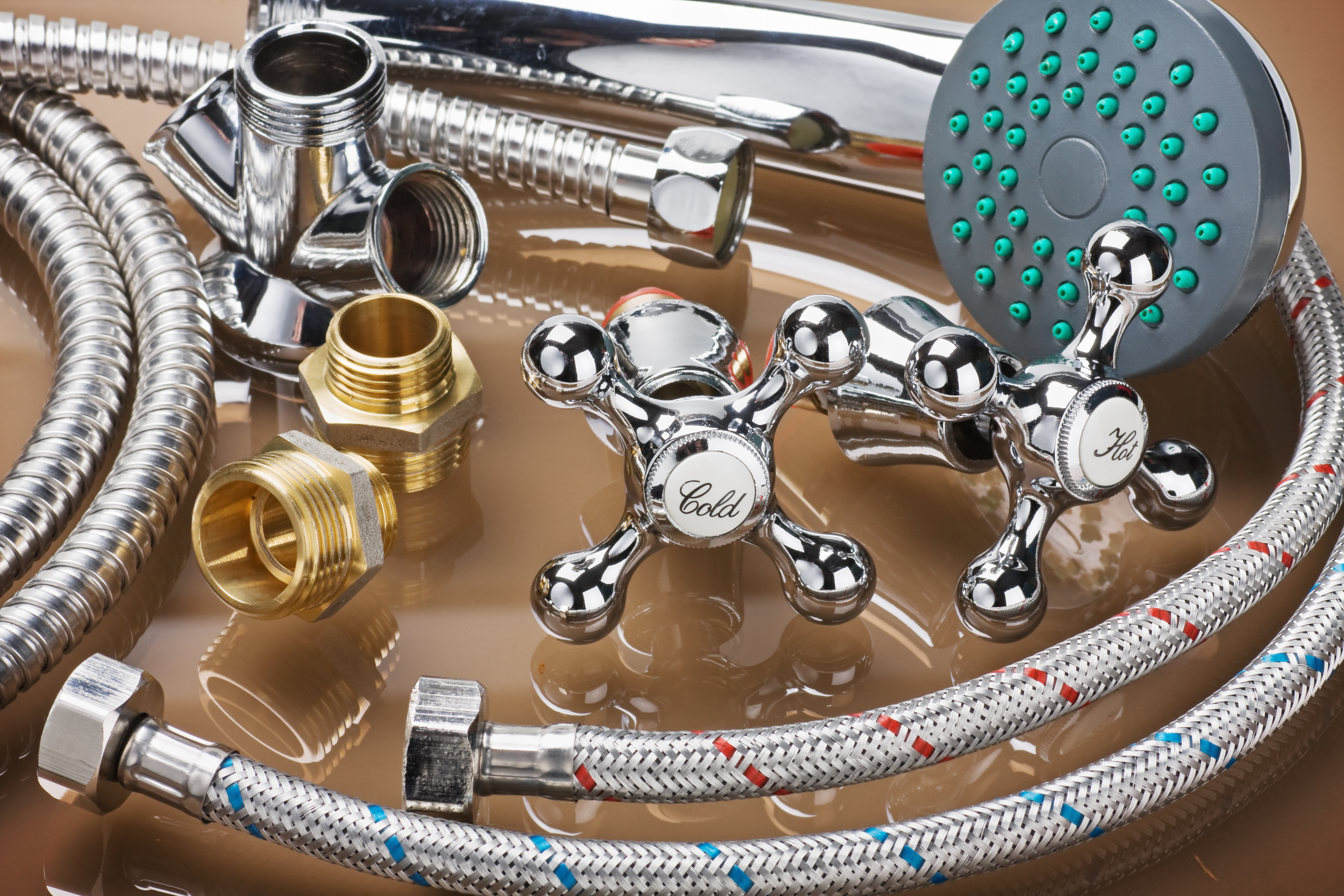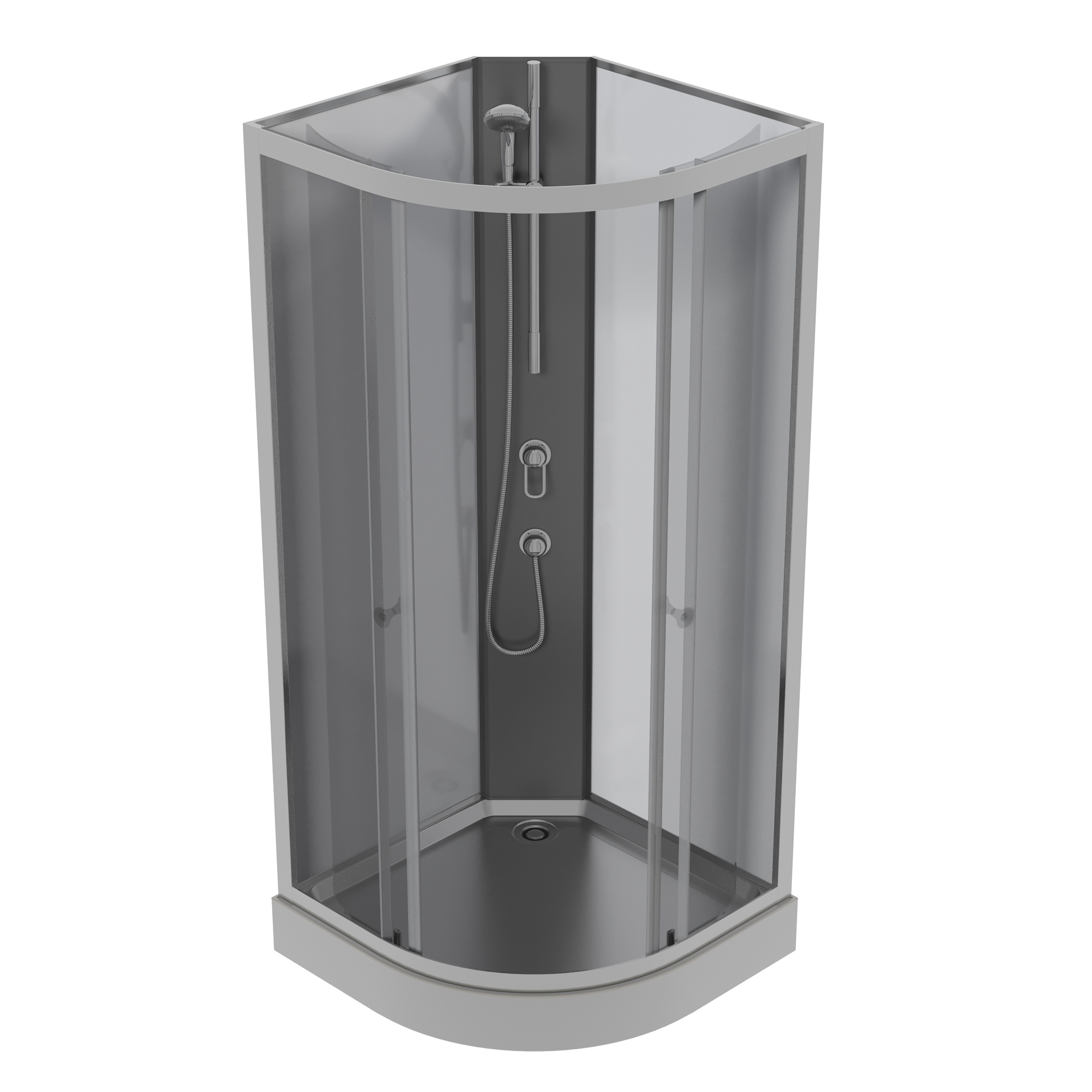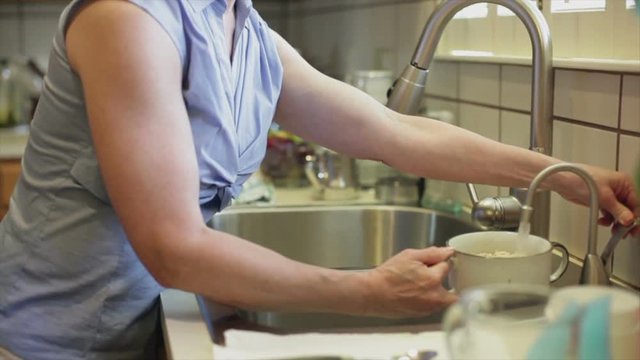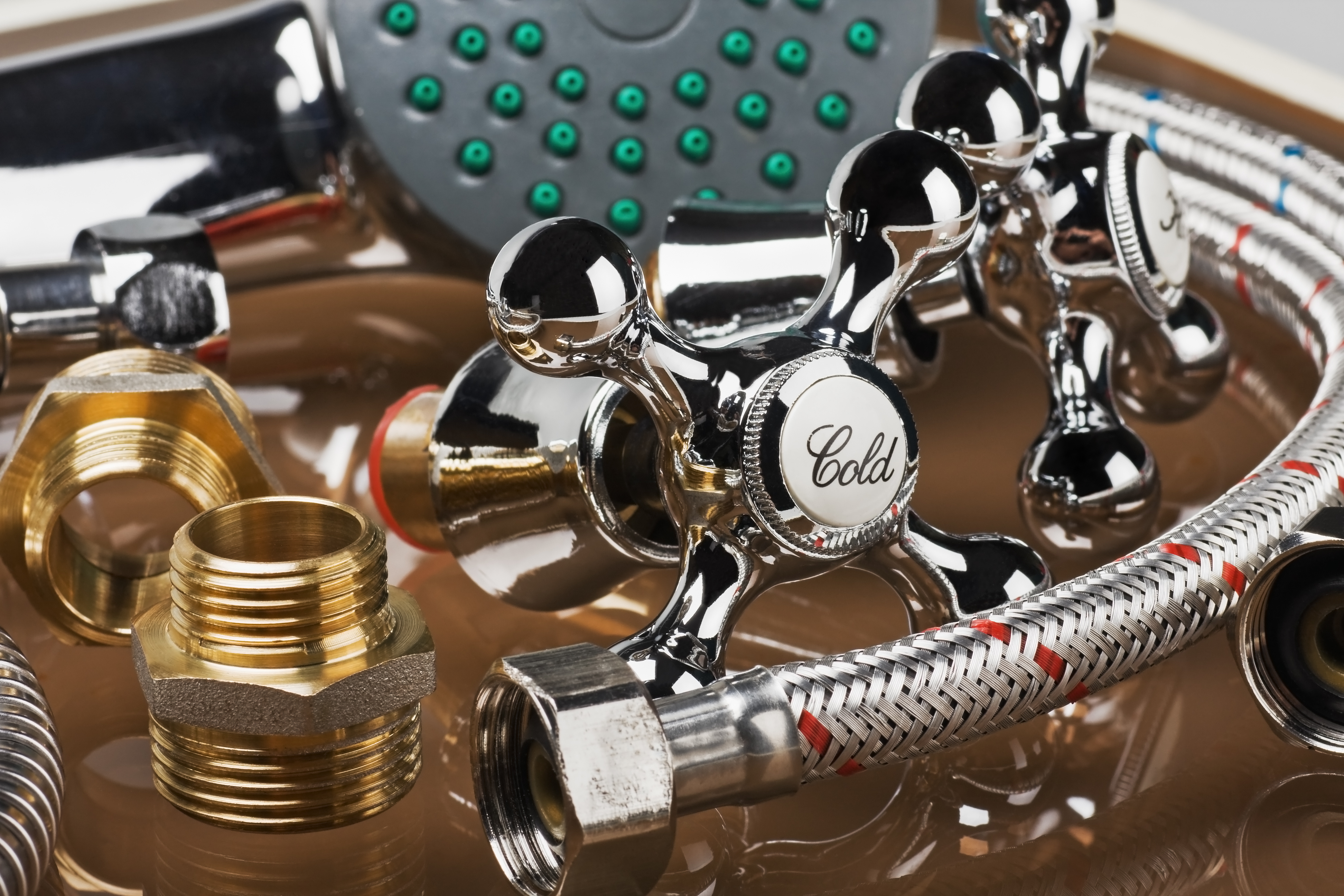
Bathroom Drain

Understanding the Essentials of a Bathroom Drain.
As a contractor, property manager, or DIY homeowner, understanding the mysteries of bathroom drains is essential, especially when you decide to purchase from sources like Plumbingsupplyandmore.com. When faced with a slow drain or contemplating a bathroom sink drain replacement, your knowledge of bathroom sinks, drain pipes, and drain cleaners can make a world of difference, saving you time, money, and potential mishaps.
Perhaps you have wondered, "Are bathroom drains universal?" The answer is yes and no. While the standard bathroom sink drain size is 1.25 inches in diameter, the pipe beneath, also known as the tailpiece, is typically 1.25 or 1.5 inches. However, variations do exist, especially when considering different types of bathroom sink drains, like a pop-up drain and a regular drain. They can vary in function and installation but serve the same purpose of preventing clogged drains.
A pop-up drain operates via a lever located on or near the faucet. In contrast, a regular drain lacks this feature, requiring manual removal of the stopper to drain water. Both these types can come without overflow, catering to modern sink designs that lack overflow holes.
Clearing a bathroom drain can be daunting, especially if you are dealing with a stubborn clog. This is where kitchen sink essentials like baking soda and boiling water come in handy. A homemade drain cleaner solution of baking soda followed by vinegar can effectively clear minor clogs. Remember to rinse with hot water after the reaction subsides.
For more severe clogs, you might need to use a drain snake, a tool that can reach deep into the sink drain to remove blockages. If you still have a slow drain after these attempts, it might be time to inspect the sink parts more closely or consider bathroom sink pipe replacement.
One common question is whether it's okay to pour boiling water or commercial drain cleaner like Drano down the bathroom sink. While hot water can help dissolve soap scum and grease, boiling water can potentially damage PVC pipes. As for Drano, while it can clear clogs, its caustic nature can cause damage to pipes if used excessively. Vinegar, on the other hand, is a safer option. It's an excellent natural cleaner that can remove build-up in your shower drain and sink drains without causing harm to your pipes.
Knowing the intricacies of your bathroom sink plumbing can save you from potential disasters down the line. Whether it's understanding the function of different drain types, knowing how to make and use homemade drain cleaners, or recognizing when it's time for a tailpiece replacement, your knowledge can make a significant difference.
Remember, when you're replacing parts, shopping at reliable suppliers like Plumbingsupplyandmore.com ensures you're getting quality products that will stand the test of time. Whether you're a contractor, a property manager, or a DIY homeowner, understanding your bathroom drain is an essential part of maintaining a functional and efficient plumbing system.






